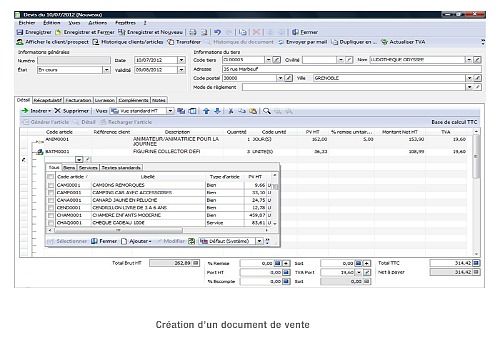

In addition, Prestige classes add more options for multiclassing. : 82–84ģrd edition allows players to mix and match levels from any number of classes, though certain combinations are more effective than others. Non-humans, on the other hand, can "multiclass" where they effectively learn two (or rarely even three) classes at the same time at the cost of a slower character level progression. Only those playing as humans can, and it requires extremely high stats to do so. In the 1st and 2nd editions, changing a character's class is difficult. Most editions of Dungeons & Dragons have allowed for the possibility to either advance in more than one class simultaneously, alternately taking levels in more than one class, or branching out in a second (or more) class at a specific point defined by the first class, a concept generally called multiclassing. Similarly, classes associated with psionics such as the Psychic Warrior don't apply to worlds without psionics. For example, the Samurai class introduced in the Oriental Adventures book may not make sense in a game set in a standard European-style realm. Non-core base classes are considered optional and do not always exist in all settings.

The 3rd edition introduced five classes for use in creating non-player characters in its Dungeon Master's Guide. Runecaster and Shaman) in addition, supplemental handbooks offered a variety of "kits" to customize each base class, and the Dungeon Master's Guide offered rules for creating new character classes.

The 2nd edition added several completely new base classes (e.g. Oriental Adventures also introduced a number of alternate classes more appropriate for an Eastern setting. The release of Unearthed Arcana in 1985, for instance, introduced the base class of Barbarian and reworked Paladins to be a type of the new base class "Cavalier". While the main character classes available have remained fairly consistent since the 1st edition of Advanced Dungeons & Dragons, a variety of alternate base classes have been offered in supplemental books. These classes have appeared as character classes in the core books of multiple published editions: 2.4 Advanced Dungeons & Dragons 2nd editionĬlasses by type Principal base classes.2.2 Advanced Dungeons & Dragons 1st edition.The Legendary Pokemon and mascots of Pokemon Brilliant Diamond and Shining Pearl are each exclusive to their respective game.ĭialga, the Temporal Pokemon, is exclusive to Brilliant Diamond, while Palkia, the Spatial Pokemon, is exclusive to Shining Pearl.

Like Ho-oh and Lugia, they can all be found in Ramanas Park. The Legendary Dogs are exclusive to Brilliant Diamond, while the Legendary Birds are exclusive to Shining Pearl. The Legendary Birds from Pokemon Red and Blue, as well as the Legendary Dogs from Pokemon Gold and Silver, return as version exclusives. Legendary Birds and Legendary Dogs Brilliant Diamond Both Ho-oh and Lugia can be found in Ramanas Park, a new post-game feature replacing the Pal Park from the original games. Ho-oh is exclusive to Brilliant Diamond, while Lugia is exclusive to Shining Pearl. The Legendary mascot Pokemon from Pokemon Gold and Pokemon Silver, Ho-oh and Lugia, return as version exclusives in Pokemon Brilliant Diamond and Shining Pearl. All Version Exclusive Pokemon Ho-oh and Lugia Brilliant Diamond


 0 kommentar(er)
0 kommentar(er)
